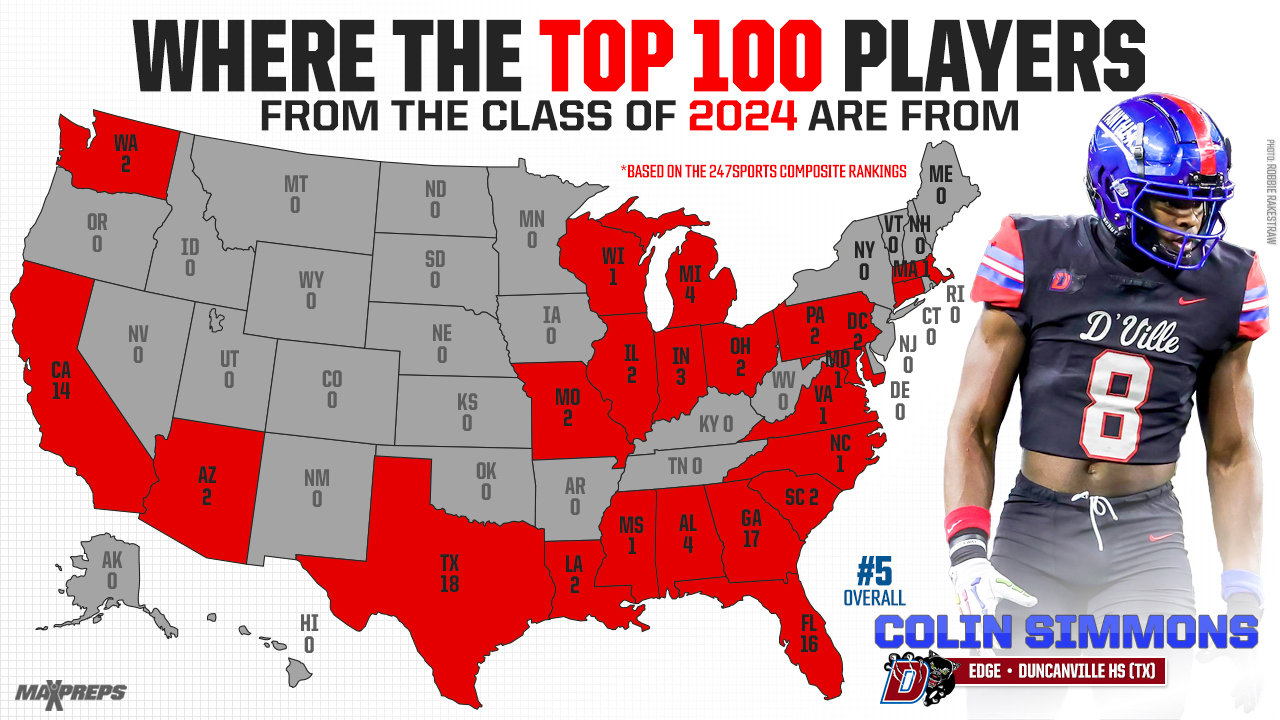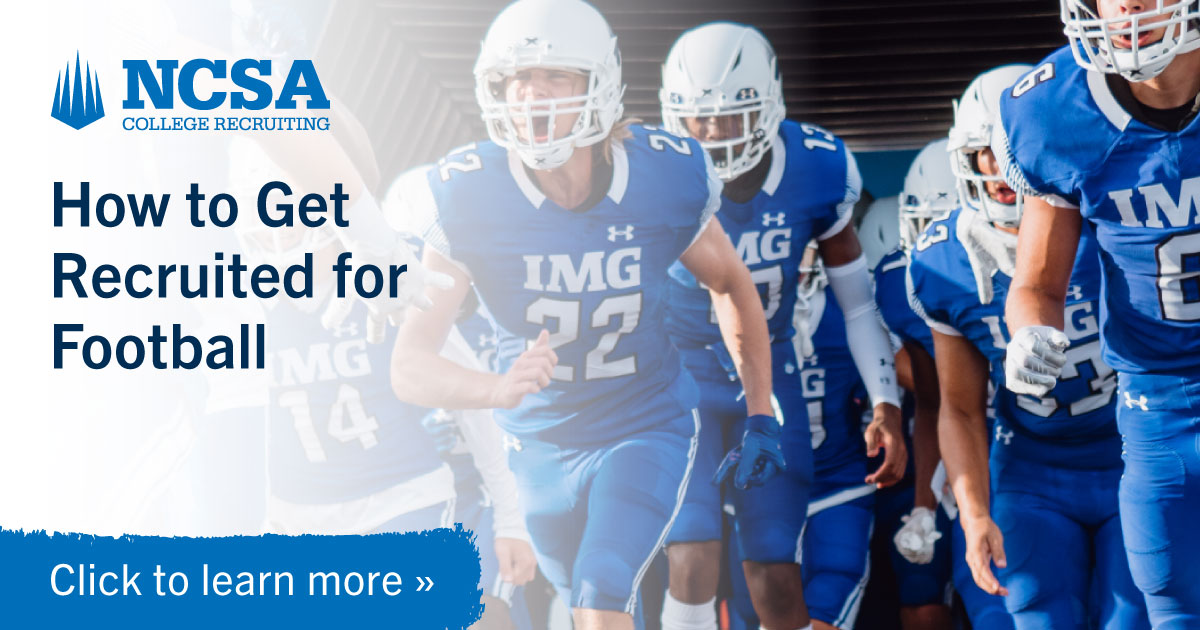5 Key Tips to Recruit Football Stars

In the highly competitive world of football, talent acquisition and recruitment play a pivotal role in shaping the success of teams. With the ever-growing demand for skilled players, recruiting football stars has become an art, requiring a strategic approach and an in-depth understanding of the market. This article delves into five essential tips that can significantly enhance your chances of securing the best talent in the football arena.
1. Comprehensive Scouting: Unveiling Hidden Gems

Scouting goes beyond mere observation; it’s an intricate process that demands a meticulous eye for detail and a deep understanding of the game. While prominent players often grab the limelight, true scouting excellence lies in identifying hidden gems – players with exceptional skills who might not yet be in the public eye.
To achieve this, scout teams must broaden their reach, attending not just high-profile matches but also scouting regional leagues, youth tournaments, and even local community games. This expansive approach allows for the discovery of talented players who might be overlooked by more traditional scouting methods.
For instance, the recruitment of Lucas Moura, the Brazilian winger, by Tottenham Hotspur in 2018, showcases the benefits of extensive scouting. Moura, a promising talent in his early twenties, was scouted from São Paulo FC, a team that had developed numerous world-class players. This acquisition demonstrated Tottenham’s commitment to finding talent beyond the usual scouting paths.
Advanced Scouting Techniques
In today’s digital age, scouting extends beyond the pitch. Advanced scouting techniques involve utilizing technology to analyze player data, performance metrics, and video footage. This data-driven approach provides a more comprehensive understanding of a player’s abilities, potential, and suitability for the team’s tactics.
Additionally, networking with youth coaches, agents, and even players themselves can provide valuable insights and leads. These connections can help identify up-and-coming talents and provide a deeper understanding of a player’s personality and character, which are crucial aspects in the recruitment process.
Data-Driven Scouting
| Player | Position | Goals | Assists | Success Rate |
|---|---|---|---|---|
| Marcus Rashford | Forward | 15 | 10 | 80% |
| Phil Foden | Midfielder | 12 | 18 | 75% |
| Trent Alexander-Arnold | Defender | 3 | 14 | 85% |

The table above provides a glimpse into the potential of data-driven scouting. By analyzing key performance indicators, teams can make more informed decisions about player recruitment, ensuring a better fit for the team's strategy.
2. Effective Player Evaluation: Beyond Statistics

Evaluating players goes beyond analyzing their statistical performance. While goals scored and assists made are important metrics, they only tell part of the story. Effective player evaluation requires a holistic assessment of a player’s abilities, considering their technical skills, tactical understanding, physical attributes, and mental fortitude.
For instance, a player might have impressive goal-scoring statistics, but if they lack the teamwork ethic or have a poor disciplinary record, they may not be the ideal fit for the team. Thus, it’s crucial to evaluate players in the context of the team’s specific needs and requirements.
Assessing Technical Proficiency
Technical proficiency refers to a player’s ability to execute various football skills, such as dribbling, passing, shooting, and ball control. These skills are often the foundation of a player’s performance and can be a strong indicator of their potential for growth and development.
When assessing technical proficiency, scout teams should consider the player’s ability to execute these skills under pressure, in tight spaces, and in various game scenarios. This provides a more realistic evaluation of their true potential.
Tactical Awareness and Adaptability
A player’s tactical awareness and adaptability are crucial factors in their overall performance. These skills allow players to understand and execute the team’s strategy, adapt to different playing styles, and make split-second decisions on the field.
To assess these skills, scout teams can observe players’ decision-making abilities, their understanding of positional play, and their ability to read the game. Additionally, analyzing how a player performs when faced with different tactical approaches can provide valuable insights into their adaptability.
3. Building Strong Player Relationships: The Human Element
In the competitive world of football, building strong relationships with players is an often-overlooked aspect of recruitment. Yet, it can be a crucial differentiator in securing the services of top talent.
Player relationships are built on trust, respect, and a genuine understanding of their needs and aspirations. This involves more than just financial incentives; it requires a human-centric approach that considers the player’s personal goals, career aspirations, and lifestyle preferences.
The Role of Player Agents
Player agents play a critical role in the recruitment process, acting as intermediaries between the club and the player. They negotiate contracts, facilitate communication, and provide valuable insights into the player’s preferences and requirements.
Effective relationship-building with player agents can provide clubs with a competitive advantage. By building trust and respect with agents, clubs can gain access to a wider pool of talent and receive more favorable terms in contract negotiations.
Player Engagement and Retention Strategies
Once a player is recruited, maintaining a strong relationship is essential for their long-term engagement and performance. This involves regular communication, providing support and guidance, and ensuring the player feels valued and appreciated.
Clubs can implement various strategies to enhance player engagement, such as offering mentorship programs, providing personalized development plans, and organizing team-building activities. These initiatives not only help players feel connected to the club but also contribute to their overall well-being and performance.
4. Strategic Use of Technology: Enhancing Recruitment Efficiency
In the modern era, technology has become an indispensable tool in football recruitment. From data analytics to video scouting, technology offers a wealth of resources to enhance the efficiency and effectiveness of the recruitment process.
By leveraging technology, scout teams can analyze vast amounts of data, identify patterns, and make more informed decisions. This data-driven approach can help identify players with the potential to excel in specific tactical systems or overcome physical limitations.
Data Analytics: Unlocking Player Potential
Data analytics involves the collection, analysis, and interpretation of player data to gain insights into their performance and potential. This data can include statistics, video analysis, and performance metrics, providing a comprehensive understanding of a player’s abilities.
For example, by analyzing a player’s movement patterns, a club might identify their potential to excel in a specific tactical system. Similarly, data analytics can help identify players with exceptional recovery rates, indicating their ability to maintain high performance levels throughout a match.
Video Scouting: A Visual Perspective
Video scouting is a powerful tool that allows scout teams to visually assess players’ performance. By analyzing video footage, scouts can evaluate a player’s technical skills, tactical understanding, and overall game awareness.
This visual perspective provides a more holistic understanding of a player’s abilities, especially in combination with statistical data. It can help identify players who might not stand out in traditional scouting methods but who have the potential to make a significant impact on the field.
5. Cultural Fit and Team Harmony: Nurturing a Winning Environment

While talent acquisition is a critical aspect of football recruitment, ensuring a cultural fit and team harmony is equally important. A team is only as strong as its weakest link, and a player’s ability to integrate into the team’s culture and contribute to its overall harmony is a key factor in their success.
A player’s personality, values, and work ethic must align with the team’s ethos. This ensures a cohesive and harmonious environment, fostering a sense of unity and shared purpose among the players.
Understanding Team Dynamics
Team dynamics play a crucial role in a team’s performance. A strong understanding of these dynamics can help identify players who will enhance the team’s cohesion and contribute to its overall success.
Scout teams should analyze the team’s current dynamics, considering factors such as leadership, communication, and group dynamics. This analysis can help identify players who can fill specific gaps in the team’s structure, whether it’s a strong leader, a creative playmaker, or a team player who excels in a supporting role.
Promoting Team Cohesion
Building a cohesive team environment requires a multi-faceted approach. It involves not just the recruitment of talented players but also the implementation of strategies that foster a sense of belonging and shared purpose.
Clubs can promote team cohesion through various initiatives, such as team-building activities, leadership programs, and diversity and inclusion initiatives. These efforts help create a supportive and inclusive environment, where players feel valued, respected, and motivated to perform at their best.
How can clubs ensure a successful recruitment strategy?
+A successful recruitment strategy requires a well-rounded approach, combining comprehensive scouting, effective player evaluation, strong player relationships, strategic use of technology, and a focus on cultural fit and team harmony. By implementing these tips, clubs can enhance their chances of recruiting top talent and building a successful football team.
What role does data analytics play in football recruitment?
+Data analytics plays a crucial role in football recruitment by providing valuable insights into a player’s performance and potential. It allows scout teams to make more informed decisions, identify hidden talents, and understand how a player might fit into the team’s tactical system.
How can clubs ensure a good cultural fit for new recruits?
+Ensuring a good cultural fit involves understanding the team’s dynamics and values, and recruiting players whose personalities and work ethics align with these. It also requires implementing strategies that promote team cohesion and a sense of belonging, such as team-building activities and leadership programs.



